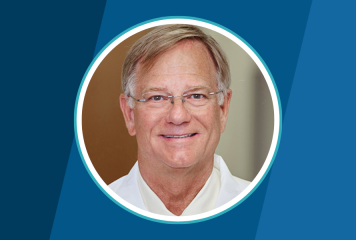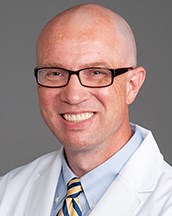
Ryan Maves, MD, FCCM, FCCP, FIDSA, is a Professor of Medicine and Anesthesiology at Wake Forest University School of Medicine where he serves as an attending physician in infectious diseases and critical care medicine. He was appointed chair of the Critical Care Medicine Traditional, 10-Year MOC Exam Approval Committee in July 2024.
How did you come to pursue a career in medicine and the military, and what inspired you to specialize in infectious disease and critical care medicine?
I went to medical school on a Navy scholarship. My father was a dentist and had paid for dental school through the U.S. Public Health Service—I thought that was a good plan. The Public Health Service has a strong emphasis on primary care-type careers and I wasn’t sure I wanted to do that at the time, so instead I joined the military. The Navy appealed to me because the kinds of things you get to do in the Navy are very broad. We provide medical care to the Marine Corps, you can go out to sea, get involved in aviation, you can do infantry with the Marines…it’s really the whole spectrum of military medicine in one service. I did my residency in internal medicine at the Naval Medical Center San Diego, and I served as a flight surgeon for a carrier airwing based in Florida. As a young Navy lieutenant, that was the closest I ever came to being a small-town doctor. I learned a lot and gained an affection for the Navy.
After my infectious disease fellowship, I was assigned for three years to the Navy lab in Peru working on vaccine development, antimicrobial resistance and epidemiology of bacterial diseases in South America. I was deployed to Kandahar, Afghanistan, in 2012 in a NATO combat hospital ICU helping to take care of very sick people and I remember thinking, I should be better at this. I was well situated for the Navy to let me go back into training, so I did—I applied for a critical care medicine fellowship and took a sabbatical from infectious disease practice. Since then, I’ve been very lucky to be able to structure my practice so that I have an active ICU practice alongside my ID practice, which I never wanted to give up. I’ve always enjoyed the science and the practice of infectious diseases, and I love being an intensivist. I’m lucky I get to do both.
How did service in the Navy and overseas shape your approach to medicine?
I think the one special thing that you get in military medicine is this automatic connection with your patients, this shared service—not just the service of the person who wears the uniform, but their family and spouse and kids, with all of the sacrifices inherent in being a military family. That made it easier to build connections with patients.
Once I had a patient who was a retired fighter pilot. In the Navy, you wear black shoes with your khakis, unless you’re in aviation, in which case you wear brown shoes—it’s just one of those old Navy customs. I was wearing my lab coat so the patient couldn’t see the aviation wings on my shirt, but he saw my brown shoes. So, he recovers from septic shock, gets extubated, and right after I extubate him, he looks down at my shoes and says, “What was your call sign?” We became close after that, and a number of his friends turned out to have been my mentors when I was a junior officer. Those sorts of things were not that unusual in military hospitals. So, he was a patient who became a friend because of this shared background we had.
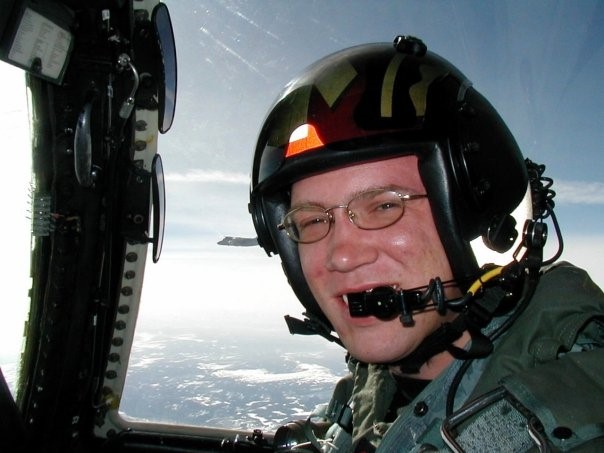
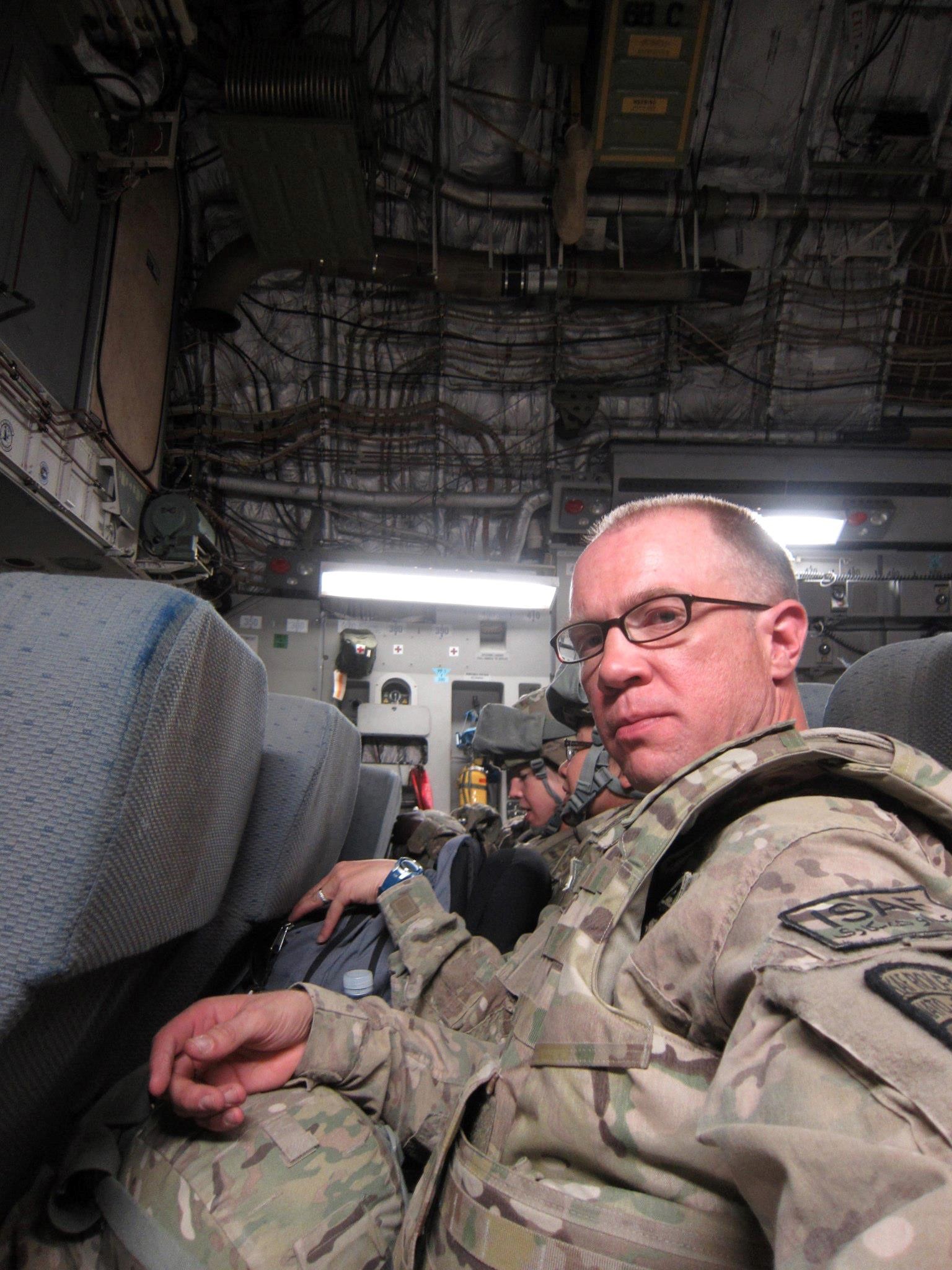
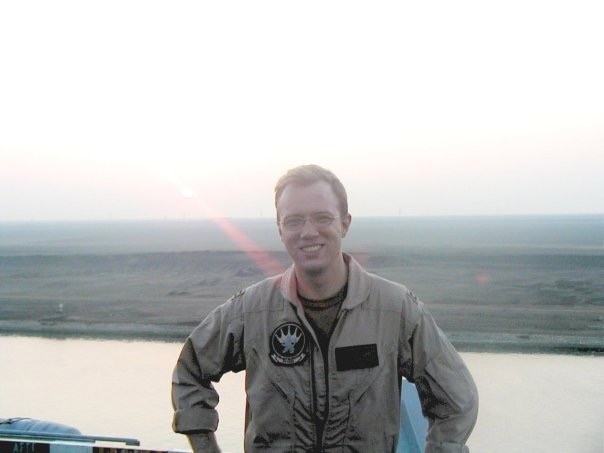
I think what military service taught me is that you can always find some connection with people. Even now that most of my current patients are not in the military, I can work to find something in common with most people, and that has a therapeutic benefit. It enhances trust and it enhances people’s ability to feel comfortable with you as their doctor.
As an infectious disease physician, what led to your interest in serving on the ABIM Critical Care Medicine Item-Writing Task Force?
That position happened to be the one that was open, but it is funny that most of my national work—I do some committee work with IDSA—has been in critical care. I think it’s maybe because as an infectious disease doctor, I’m pretty standard-issue, but as an intensivist I have that unusual background training in infectious disease that is a little more distinctive. But also, a lot of my academic interests are critical care-focused so it seemed like a good fit. I’ve really enjoyed being part of the critical care medicine assessment process at ABIM and would not trade it.
Having served as an item-writer and Approval Committee member, what was different about each role?
The interesting thing is you’re working with a lot of very heavy hitters at the top of their game. As chair, one of the things I’d like the committee to work on is improving the feedback for the item-writers. It was something I’d hoped to get more of and that my predecessor had started doing, so I want to continue that work. The better feedback we provide to item-writers, the better questions we get to review and the better questions we all get to answer when we go through the assessment ourselves. I benefited from very pointed feedback when I was starting out as an item-writer. I wrote a question about Valley Fever that would have been fair for the infectious disease exam, but not critical care medicine, and that feedback helped me to shape the questions I wrote for the training experiences and priorities of an intensivist.
What do you think is most often misunderstood about the work of creating assessments?
One thing I certainly didn’t appreciate was how much of it was volunteer-driven. These questions are written, reviewed and approved by practicing physicians. Then on the ABIM staff side, I also didn’t appreciate the amount of statistical and editorial rigor that goes into the tests. I didn’t know how the questions are evaluated for validity, the way standard-setting panels–which consist of practicing physicians—come together to review whether each question is a fair assessment of clinical knowledge. It is a human institution. The tests are written by human hands, analyzed by humans, administered by humans. We spend a lot of time reviewing and looking at statistics for every single question. We are also developing a test that we subject ourselves to, and that matters. The people writing these questions are saying they believe this would be a fair assessment of their own knowledge. In many ways, it’s a grassroots industry.
Even before I got involved in ABIM, I was struck by how things have changed and improved. Previous requirements turned out to be a burden beyond what a practicing physician would find reasonable to do; ABIM listened and made changes, and the LKA is now what the majority of people use to maintain certification. That was in direct response to feedback from internists and subspecialists who wanted a better way to maintain certification, something with a better feedback mechanism. But changes take time because of the rigor of the process. I think they’ve done a great job and I’ve been happy to participate in it.


